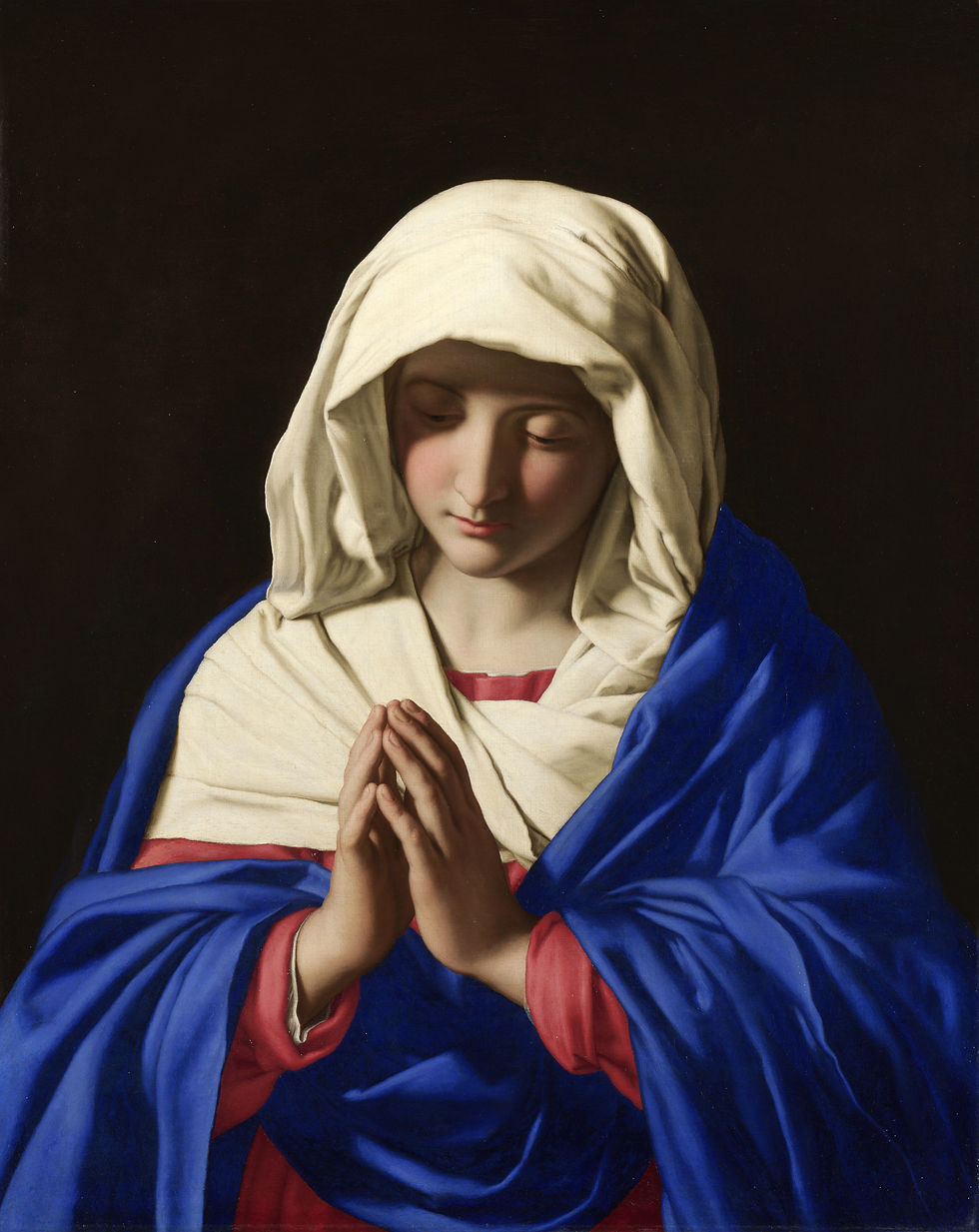Symbols in the Tarot - Color
- Dustin

- Aug 3, 2019
- 4 min read
Updated: Aug 23, 2019
For many people, we live in a vast world of color. It is hard to imagine a world devoid of it. Never before in human history have we ever been so inundated with color. Although, in the past color was plentiful, vivid colors such as various shades of purple, Lapis Lazuli, or even Cadmium Yellow, were hardly seen. The closest thing to Cadmium Yellow that anyone encountered in the 1300s was probably a lemon. It's not to say that people did not come across these colors ever, but rather for the most part colors were derived form natural resources (such as ochre, a natural clay pigment) and therefor the vibrant and saturated colors we are accustomed to today where much more rare. In history these colors were scarce primary because the amount of time or limited resources it took to create them. This is one of the many reasons why color held special and even spiritual meaning throughout history. From the cloths the nobility and clergy wore, to the artwork that adorning their walls, to the colors on their heraldry - every color was chosen for a specific reason and was full of meaning and symbolism.

Color and symbolism have always gone hand in hand. Artists have been using and selecting colors to invoke emotions, entice the senses, and even play tricks on the eye since the very first pigment was applied to the walls of caves. Color has always held a special place in the psyche and culture of the human civilization, and it is no less important when found within the Tarot. As always, with all of my blog posts you can find the accompanying video and discussion on this topic over on my YouTube channel below!
A Brief History on Color

In history color has played a pivotal role in displaying power, showing allegiance, evoking emotions, or establishing a mood. During the Middle Ages and through the Renaissance most shades of purple were reserved only for the royal families or Bishops (princes of the church), in the Catholicism. This was not only because purple symbolized power, ideology, and wisdom - but because in order to make the color purple one had to harvest sea snails from an area in the Mediterranean and extract their glands in order to produce a true royal purple or magenta dye. Many colors in history took excruciatingly hard work in order to produce. Yet every color had meaning and importance and often these meanings were universal as many of them came from nature. This applied most often in art. Another great example of the rarity of vibrant pigment in history is Lapis Lazuli blue. That classic deep blue that, historically, was reserved for paintings of the Virgin Mary or Christ. This pigment was so rare that for much of history it rivaled the value of gold.

Fast forward to today. We are inundated by color due to technology and the advent of synthetic pigments allowing for rare colors to be made in vast quantities relatively inexpensively. Yet color still plays an important part in our every day lives, from the cloths we ware, to how we shop. Marketing and color go hand in hand and from the graphic to the right you can see how the symbolism and psychology of color are used, (or exploited), in marketing. Hidden in plain sight one may say.
Color & The Tarot - The Basics
Yes, yes, yes, but how does all this relate to the tarot. Well color has had a long history of symbolism and meaning associated with it and that importance is no less diminished in the tarot. For the purposes of this post and the series to come we will be looking strictly at the Smith Waite Tarot - however color theory and symbolism such as this can be found in almost every deck you may own - any good artist worth their weight understands the importance and symbolic history of color. When the Smith Waite and Crowley Harris decks were being developed at the turn of the 20th century, color played a pivotal role in their creation. From an art historical and esoteric perspective, both being based on the Golden Dawn Tradition, each deck's creators chose colors intentionally associated with Golden Dawn teachings and the Qabalistic Tree of Life.
As you can see from the illustrations above each Sefiroth has an association with color, as do the four worlds of Qabalah. But an in depth discussion on this is better saved from another day as diving into the Qabalistic and Golden Dawn color scales is an immense undertaking. Instead, let us understand the fundamental meanings of the palette of colors chosen by Pamela Coleman Smith and Arthur Edward Waite. Below I have included a chart of colors found within the Smith-Waite Tarot along with some of the basic associations. Next time you do a reading consider these when looking at and interpreting your cards.

Its important to remember that color only plays a part in the interpretation of a card. Look at the cards below and comment on this blog how the colors make you feel and do the associations resonate with you and your understand of the card's meaning in the RWS system?

References: Chang, T. Susan. Tarot Correspondences: Ancient Secrets for Everyday Readers. Llewellyn Pulbications, 2018. Gardner, Helen, et al. Gardners Art through the Ages. Harcourt Brace Jovanovich, 1991. Wen, Benebell. Holistic Tarot. North Atlantic Books, 2015. Images Sourced From: https://en.wikipedia.org/wiki/Wikipedia:Public_domain_image_resources







Comments